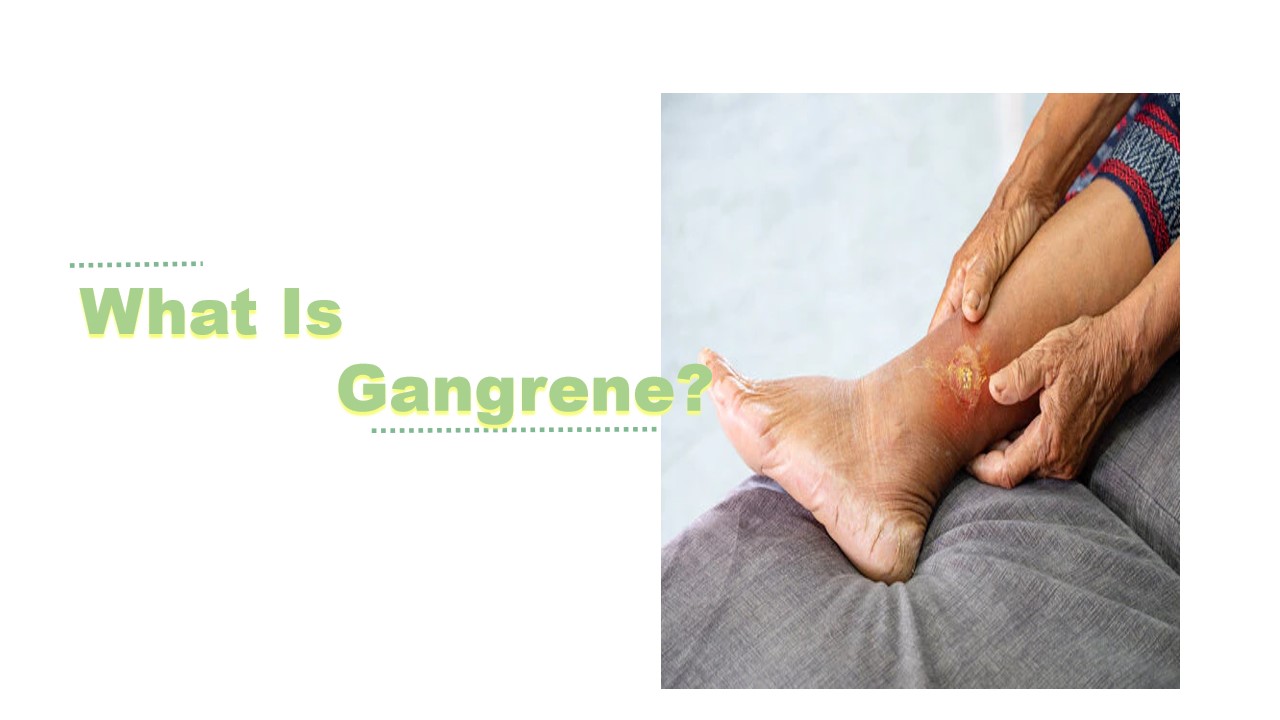
Gas gangrene
Clostridium perfringens is causes gas gangrene. Clostridium perfringens ia belong to the clostridium species.Group A Streptococcus and staphylococcus Aureus, these bacteria can also cause it. Clostridium perfringens is also called clostridium myonecrosis.Bacteria mostly affect the soft tissue and make the cells completely dead. The term gangrene state as death of soft tissue and the bacteria clostridium perfringens is producing the foul-smelling gas, that’s way the infection is called gas gangrene and sometime it might fatal. Patients might have got gas gangrene after major deep traumatic injury, abdominal surgery, because the clostridium pefringenes is found anywhere but it is rare infection.
Gas gangrene and necrotizing fasciitis are have similar symptoms and causes. The major difference is that in necrotizing fasciitis condition, the bacteria destroy the fat under the skin and connecctive tissue.Necritizing fasciitis is caused by the group A streptococcus or staphylococcus Aureus. Clostridium perfringens bacteria is emit the toxin that destroy blood cells, blood vessel, muscle tissue and causes the blisters, swelling and discoloration show on the skin.
Symptoms
- Discoloration of skin
- large blisters
- Swelling on skin
- Pain near injury
- Fever
- Fast heart rate (tachycardia)
- Sweating
- Anxiety
- Yellow skin (jaundice)
- Light-handedness
- Low blood pressure (hypotension)
- Foul-smelling fluid draining from blisters
Causes/Risk factor
Bacteria such as
- Clostridium perfringens
- group A streptococcus
- staphylococcus aureos
- vibrio vulnificus
Diagnosis:
Microbiology Department: the infected tissue used to diagnose the Clostridium perfringens under the microscope with the help of gram staining technique.
Clostridium perfringens Gram positive bacterium under the microscope
Histology Department: Muscle biopsy is used to diagnose gas gangrene. For the specimen collection, the biopsy needle is inserted into the muscle where the wound is present. To take those muscles. After obtaining the specimen, the pathologist performed further procedures including fixed, dehydrate, embedded, sectioned, stained and mounted. Stainning is a crucial step in diagnosing the disease. Typically, the specimen stained with heamatoxylin-eosin stain. After that, the specimen was examined under a microscope.
Muscle biopsy examined under the microscope. the large white areas between the muscle fibers are due to gas formation
References-
- https://en.wikipedia.org/wiki/Gas_gangrene#Diagnosis
- https://www.msdmanuals.com/en-in/home/infections/bacterial-infections-anaerobic-bacteria/gas-gangrene#v39247532
- https://my.clevelandclinic.org/health/diseases/24739-gas-gangrene
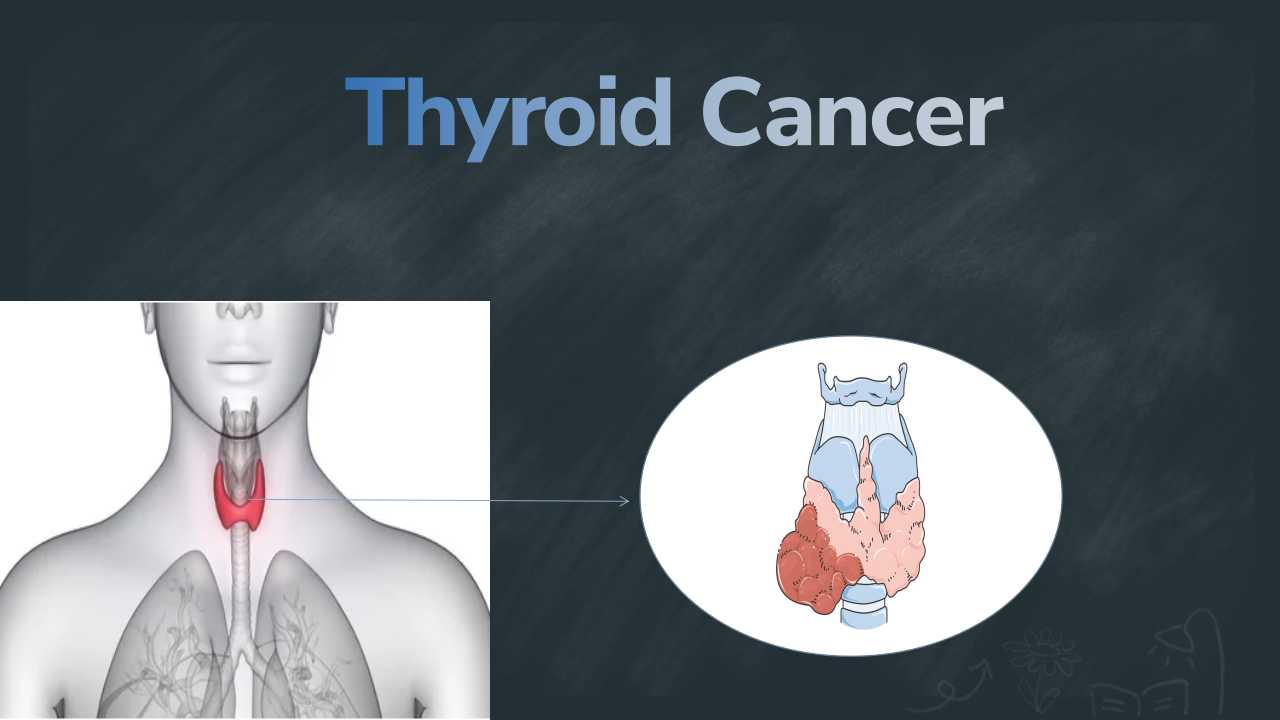

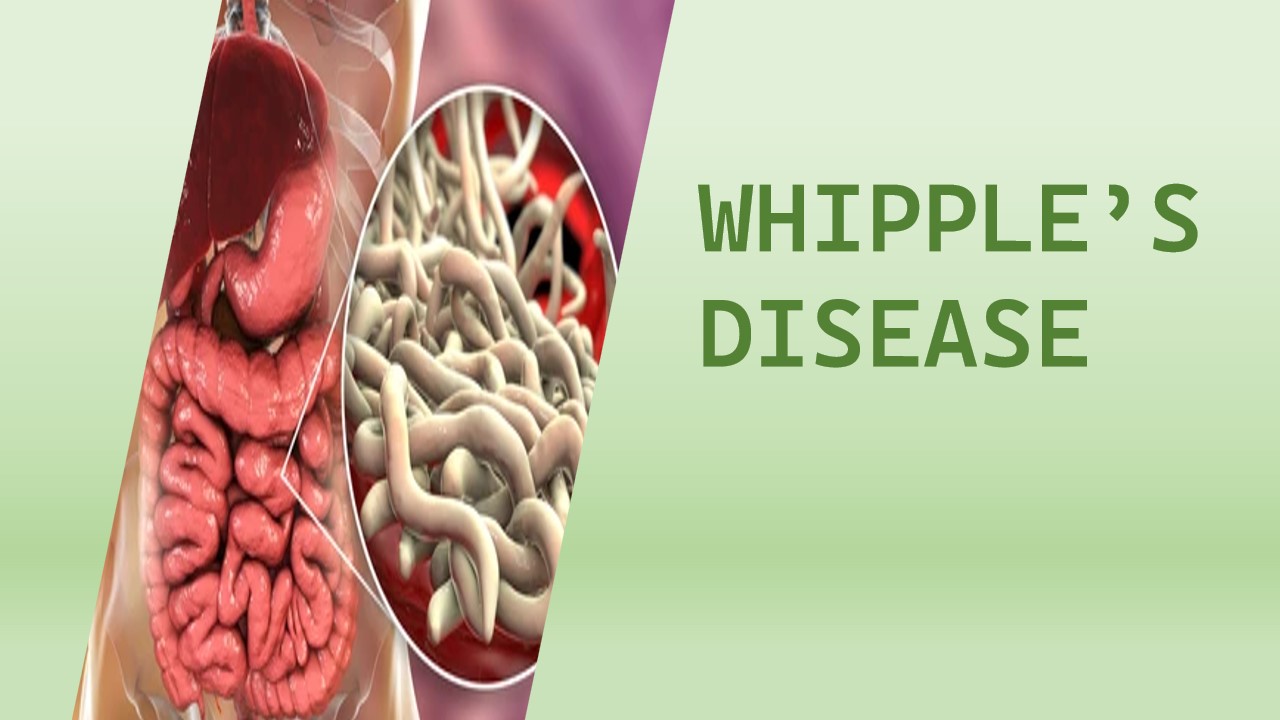
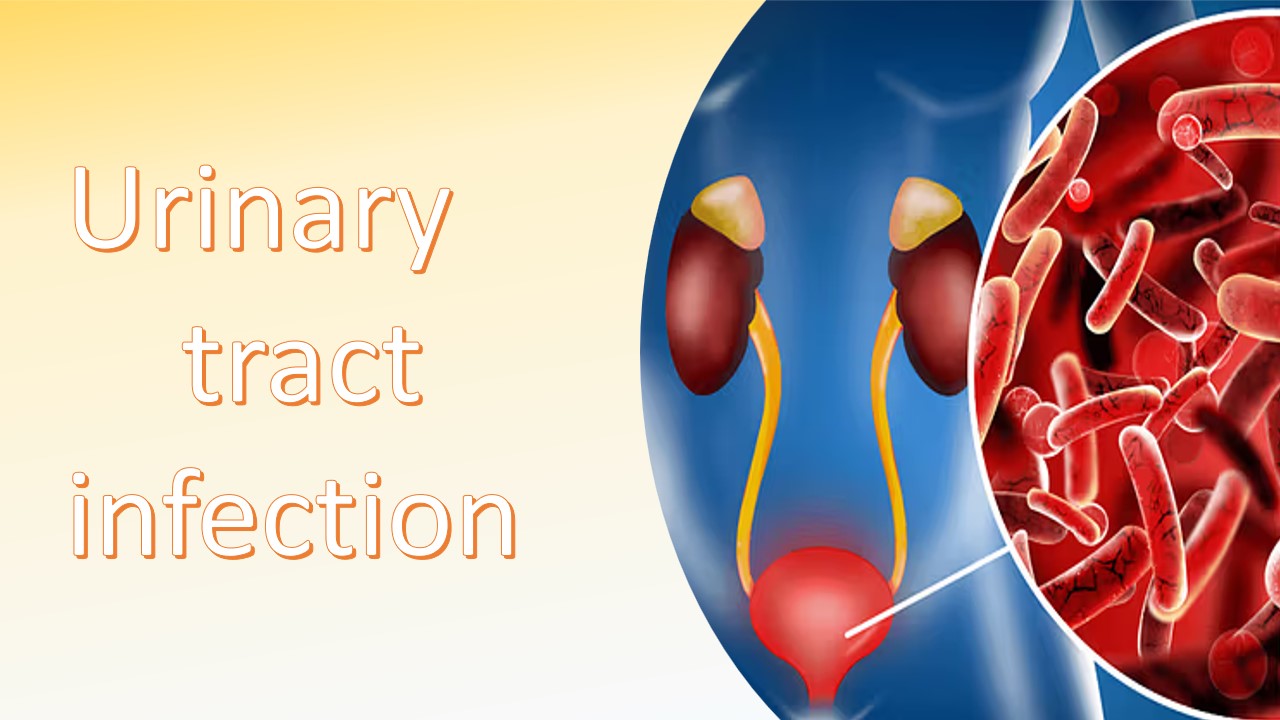
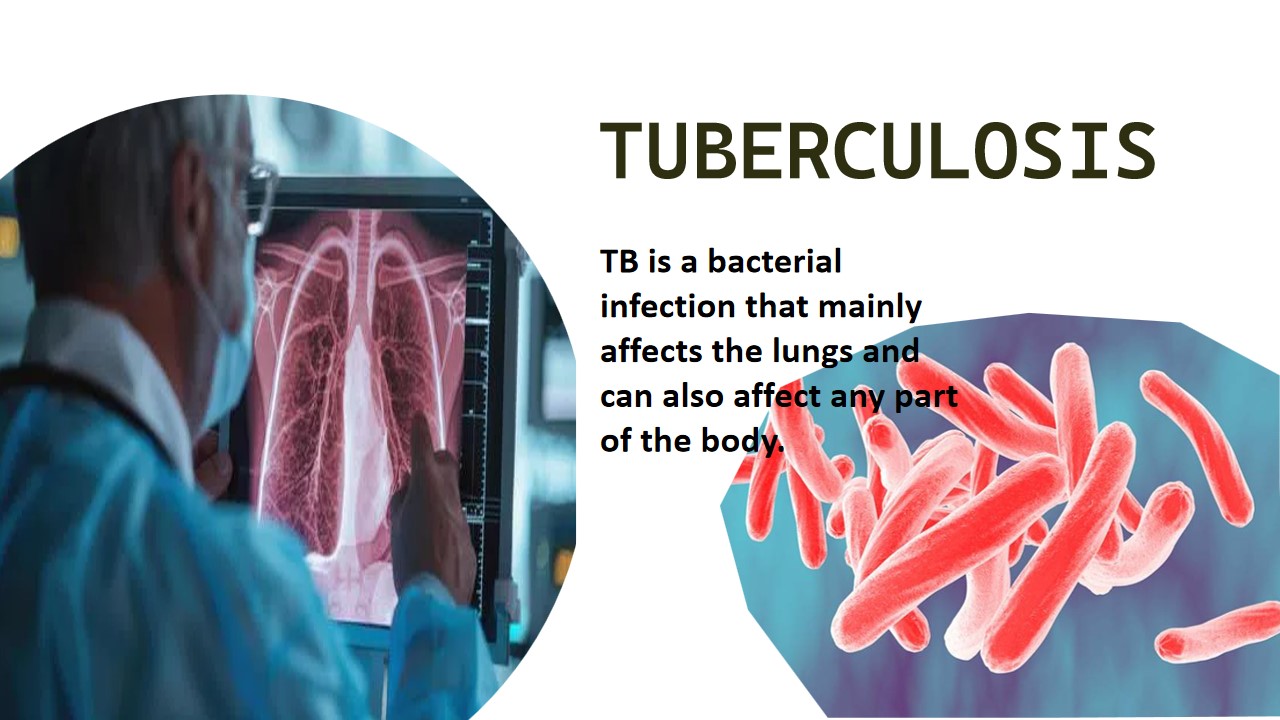
0 comments